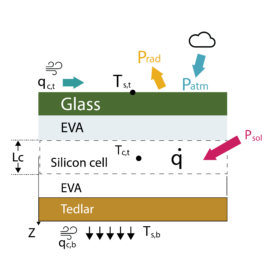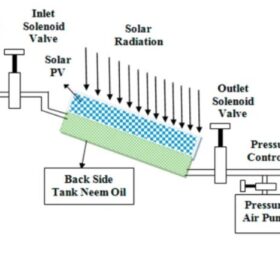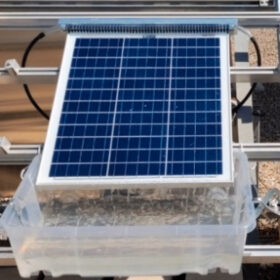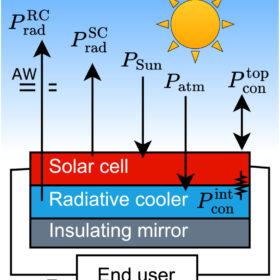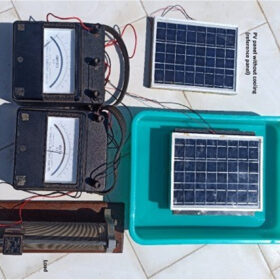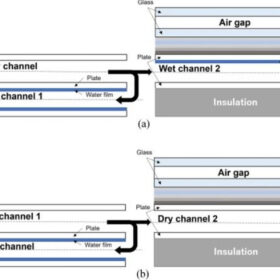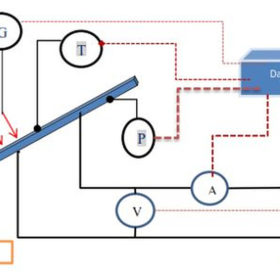Reducing photovoltaic-thermal module temperature with iron, copper oxide
An international research team has proposed using iron oxide and copper oxide to lower photovoltaic-thermal (PVT) solar module temperature. Their analysis showed that the two compounds were able to lower the panels’ operating temperature by 23.49% and 34.58% respectively.
Reducing PV module temperature with radiative cooling based on polymeric coatings
A Saudi research group has assessed how polymeric coatings, such as polyethylene terephthalate (PET) and polydimethylsiloxane (PDMS), could be used for radiative cooling in photovoltaic panels and has found that both materials could reduce the operating PV module temperature by between 1.15 C and 1.35 C.
Solar module cooling tech based on waste neem oil
An international research team has placed a neem oil tank on the back of solar modules for cooling purposes. The proposed solution reportedly improves PV panel performance by up to 17.8%.
Quantifying effect of cooling, cleaning in PV systems operating under desert conditions
Scientists in Oman have analyzed the effect of soiling, cleaning, and water injection on the performance of PV panels in Oman. They have found the use of water for cooling may increase power yield by up to 23.9%.
Photovoltaics for wastewater disinfection
Researchers in Spain have developed a new system that simultaneously produces PV power and disinfects wastewater.
Radiative cooling tech for vertical solar panels
Developed by a US-Saudi research group, the novel technique employs two 45-degree inclined mirrors on the two sides of a PV module. On the back side, a spectral selective reflector enables the thermal radiation to be directed to the sky while preventing the back of a module from heating up by the scattered sunlight.
New research shows potential of solar cells based on cement radiative coolers
Researchers in Italy have proposed the use of radiative coolers made of cementitious materials to reduce the operating temperature of solar panels. They incorporated Auger (AUG) and Shockley–Read–Hall (SRH) nonradiative recombination into their modeling and described the practical realization of the coolers as “attractive.”
Passive solar module cooling tech based on PCM, heat sink fins, water
A global research group has designed a novel PV module cooling system based on multiple cooling sources. The proposed system was able to reduce a PV system temperature by up to 16.7 C and increase power output by over 9%.
Reducing solar module temperature via dew-point evaporative cooling
Japanese scientists have designed a cooling system that reduces the solar panel operating temperature at the air inlet of the module. It consists of a dew-point evaporative cooler that supplies the near-saturation air to wet air channels that are attached to the back of a PV panel.
Cooling solar modules with vacuum pressure
Scientists in Indonesia have developed a vacuum technique to lower the temperature of PV modules below the ambient air temperature. They applied it to a solar module in a casing that is resistant to negative pressure.

